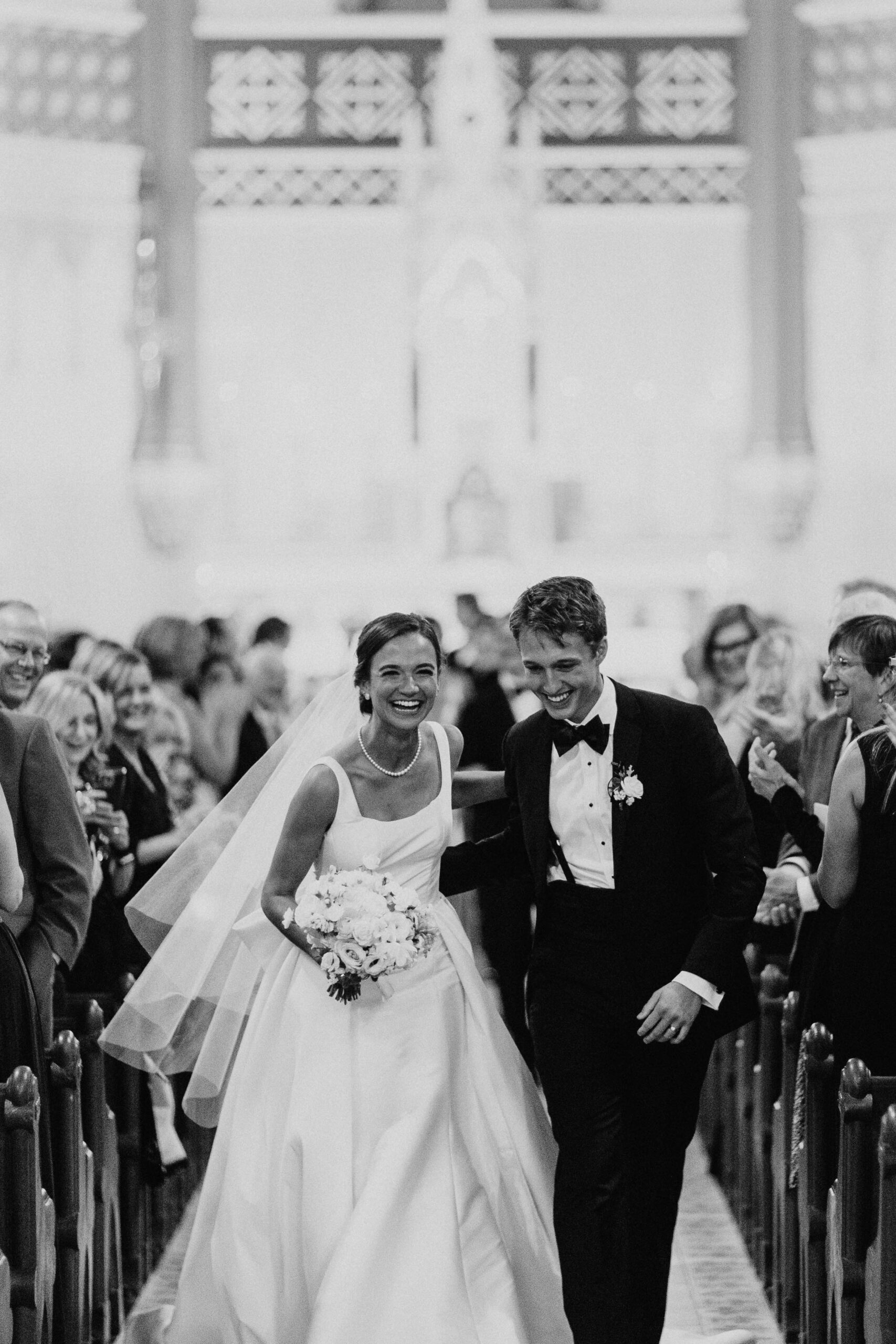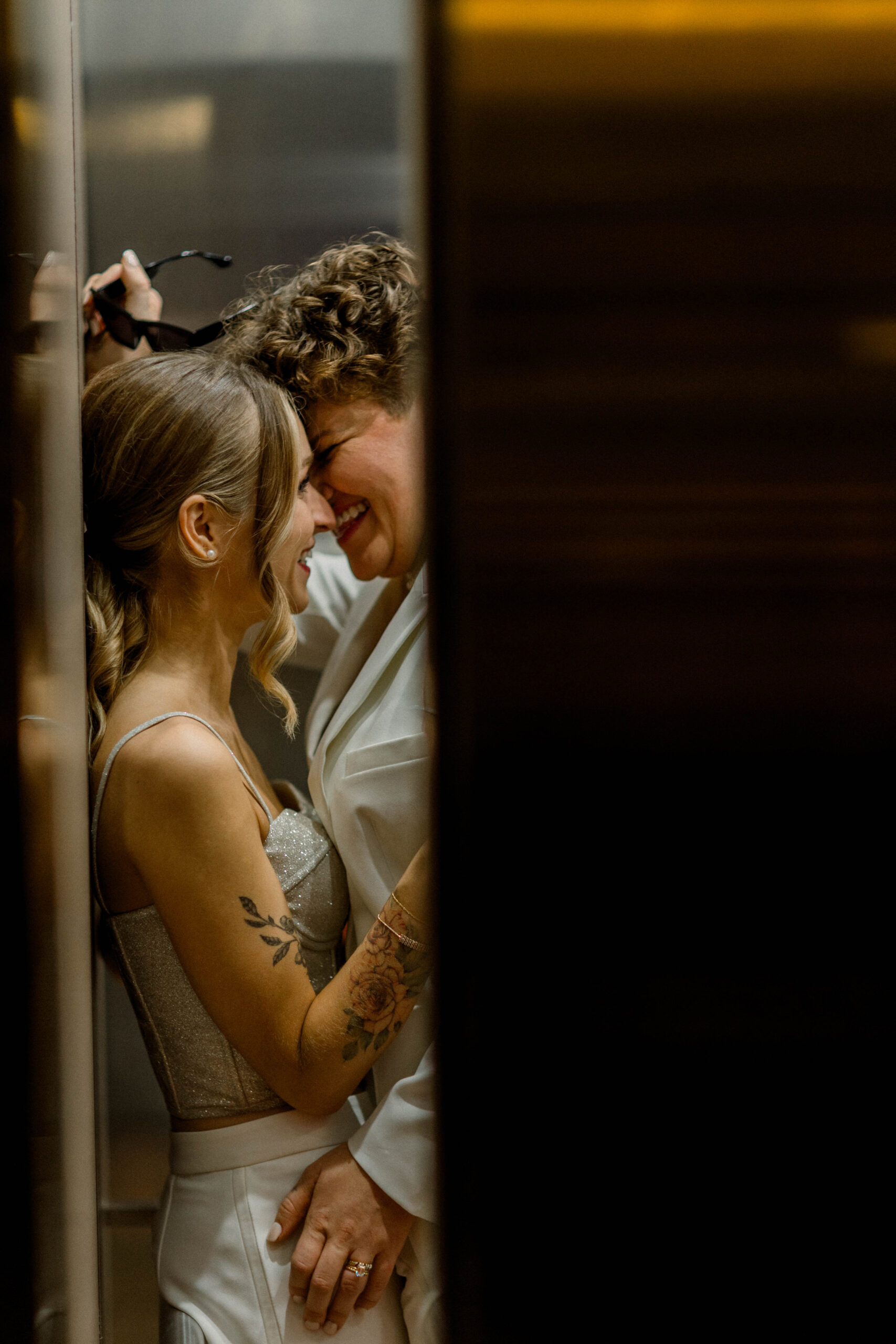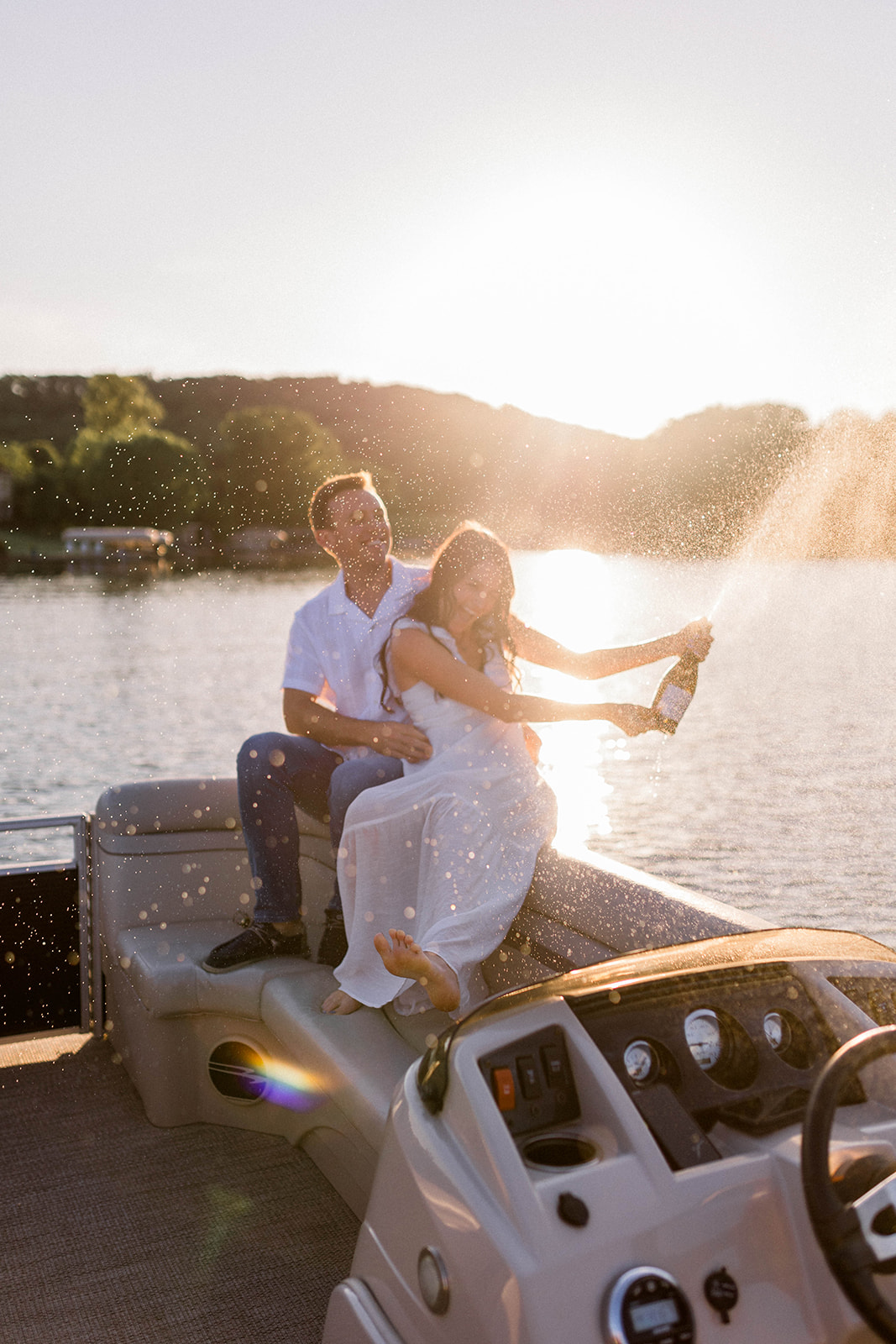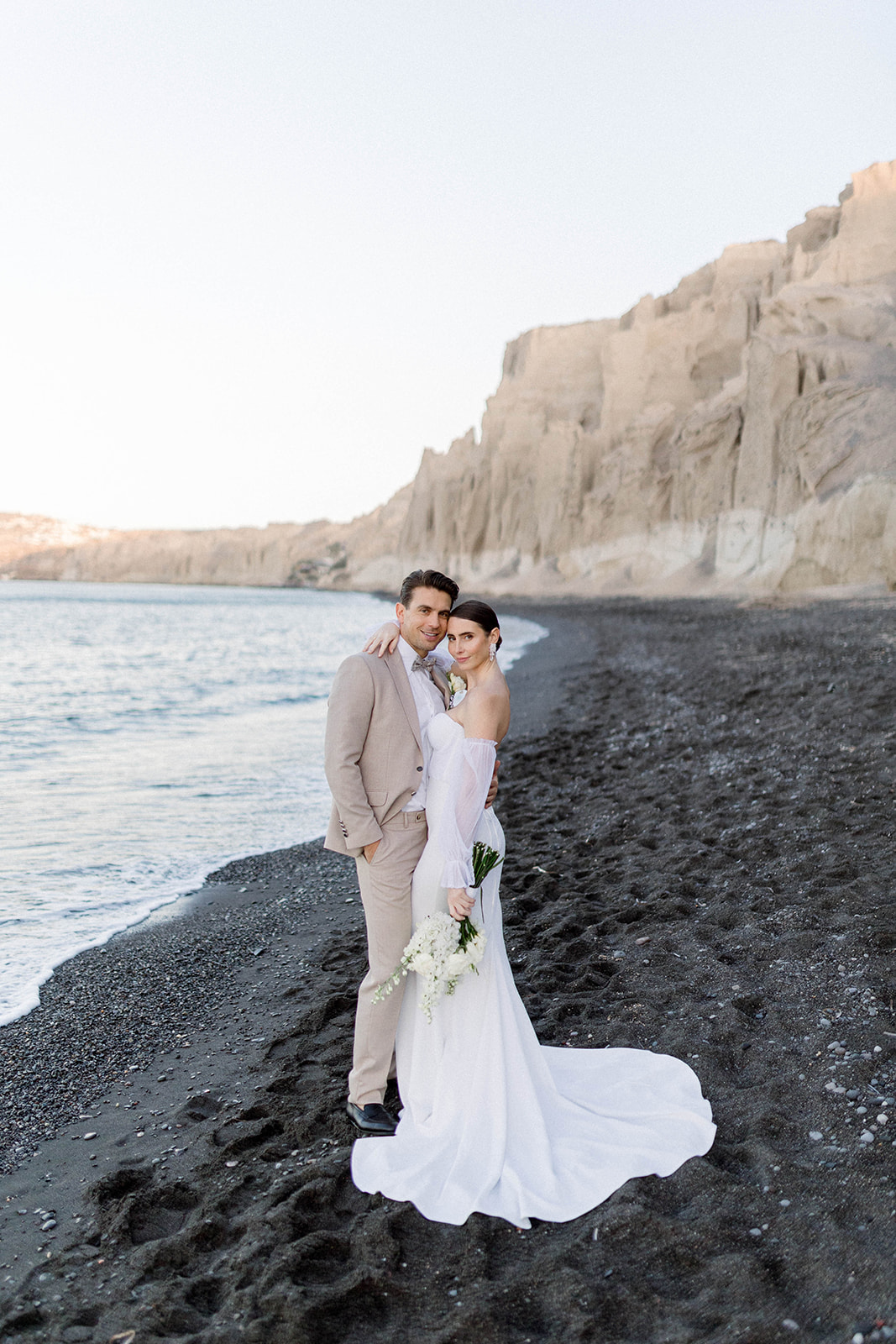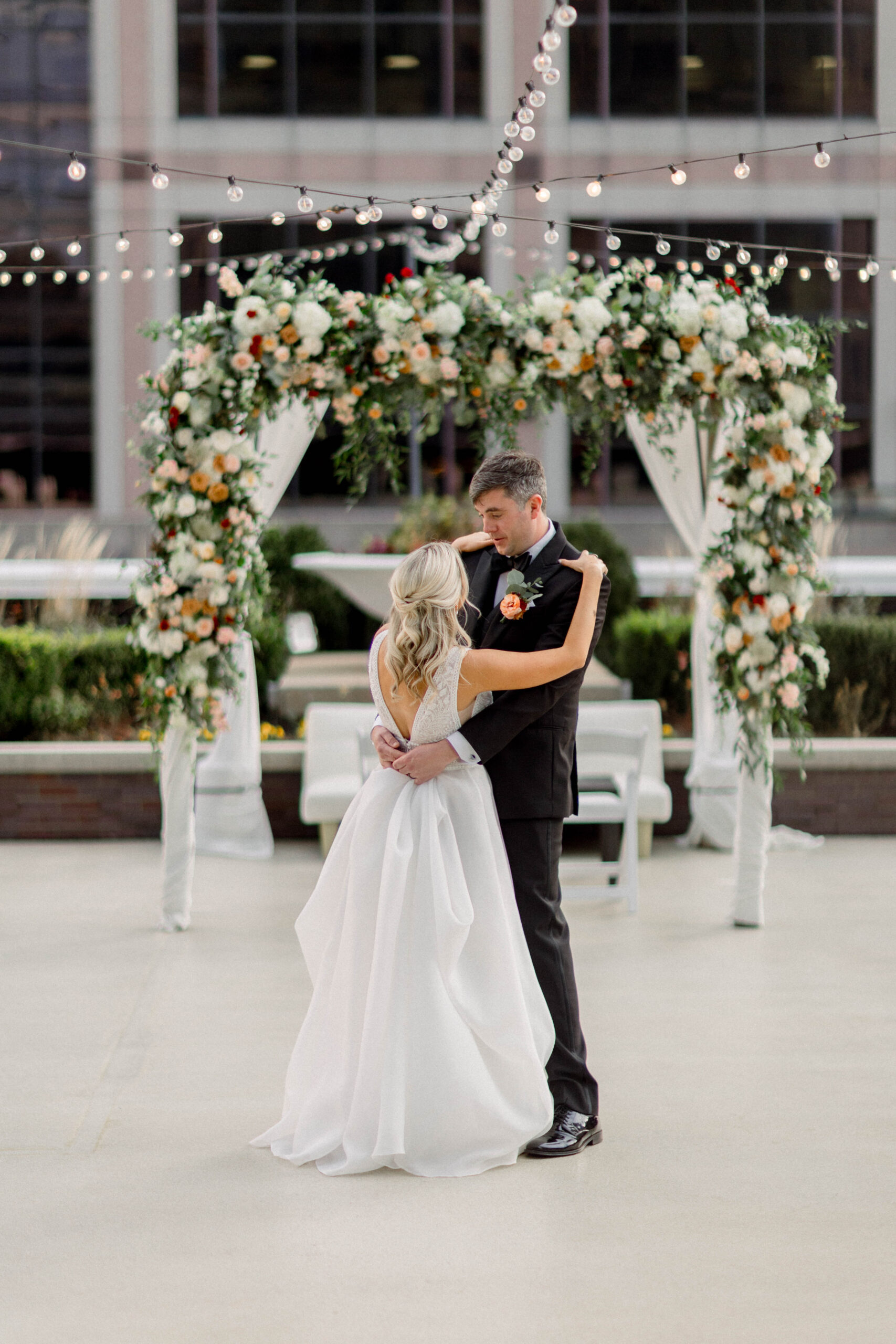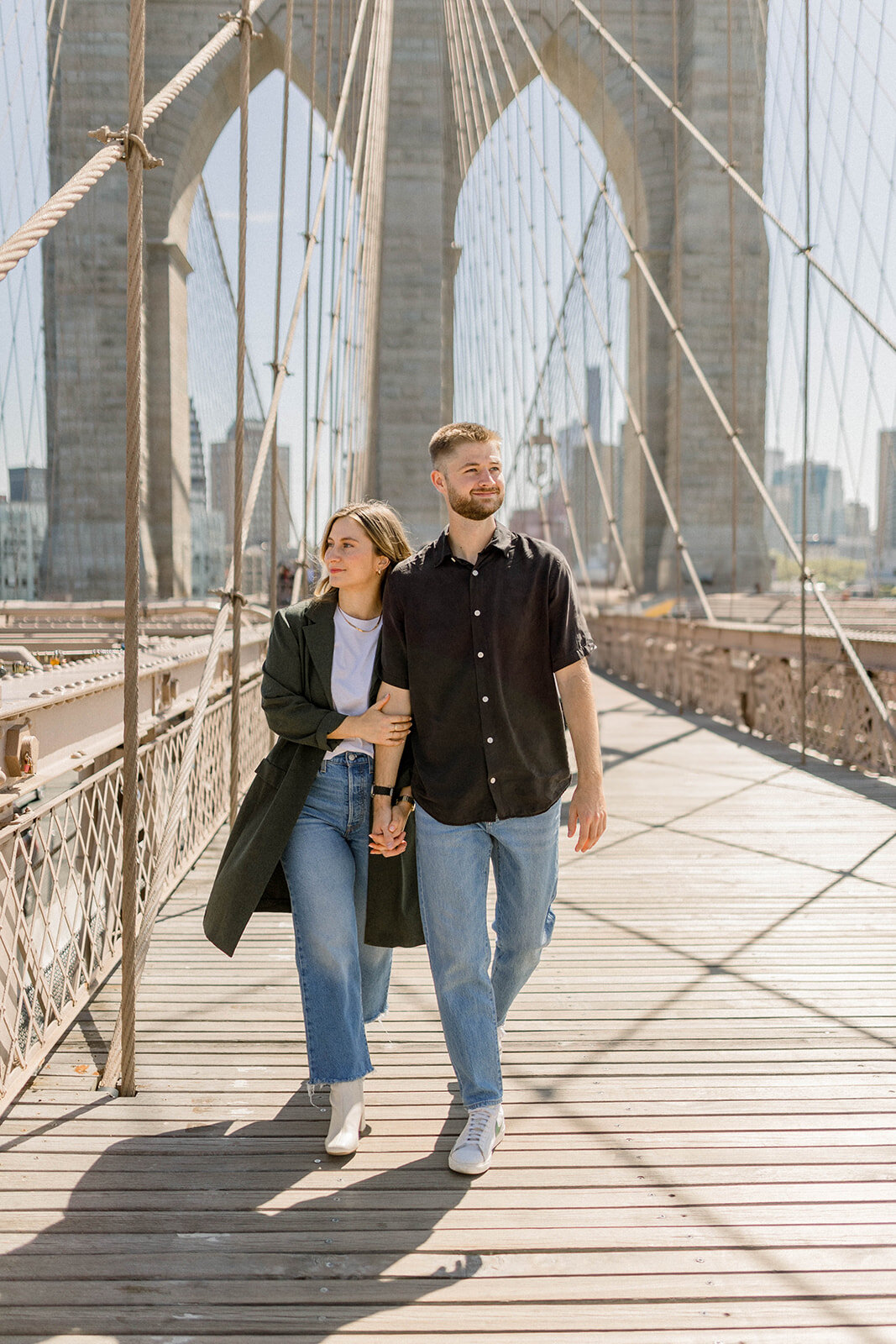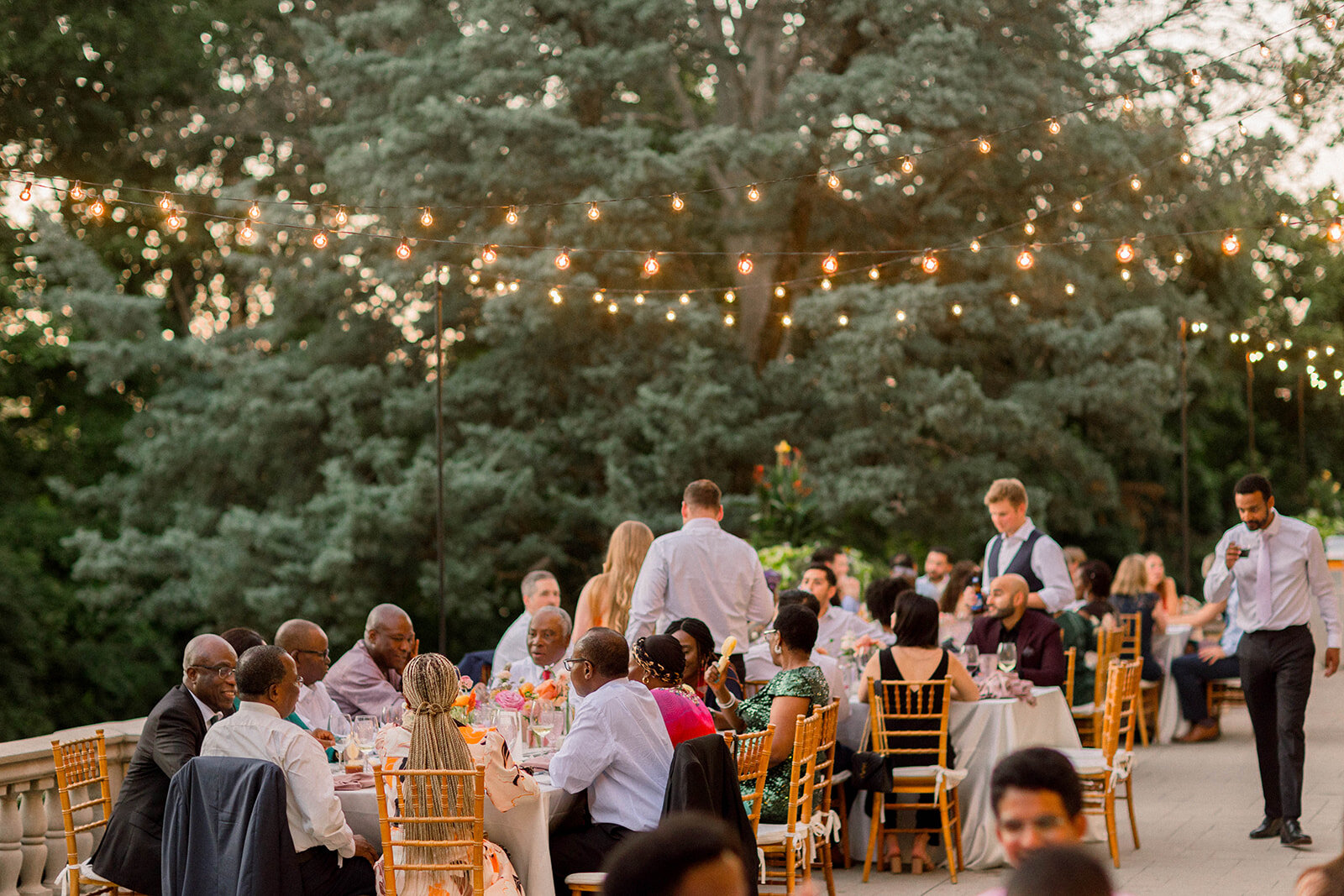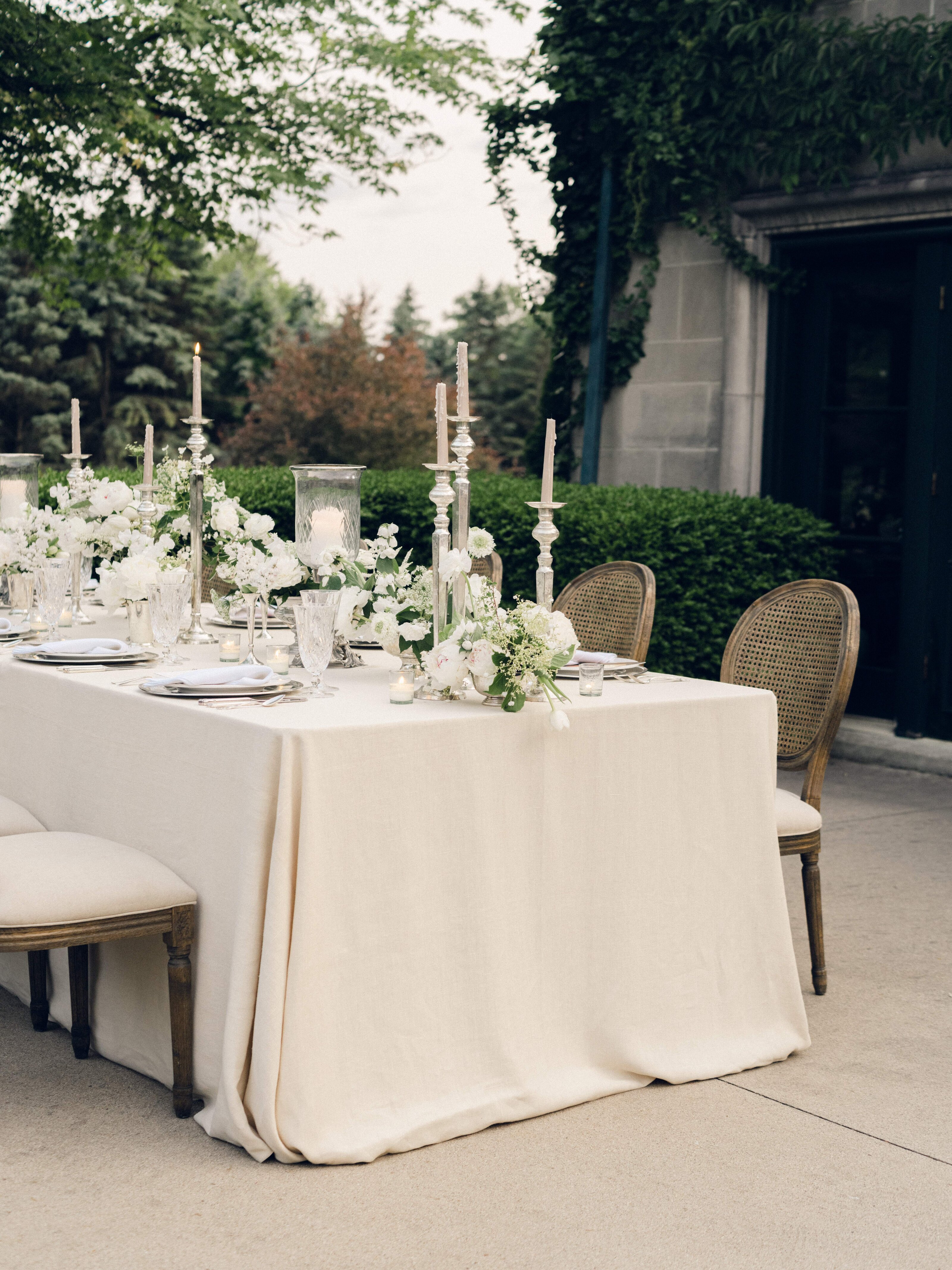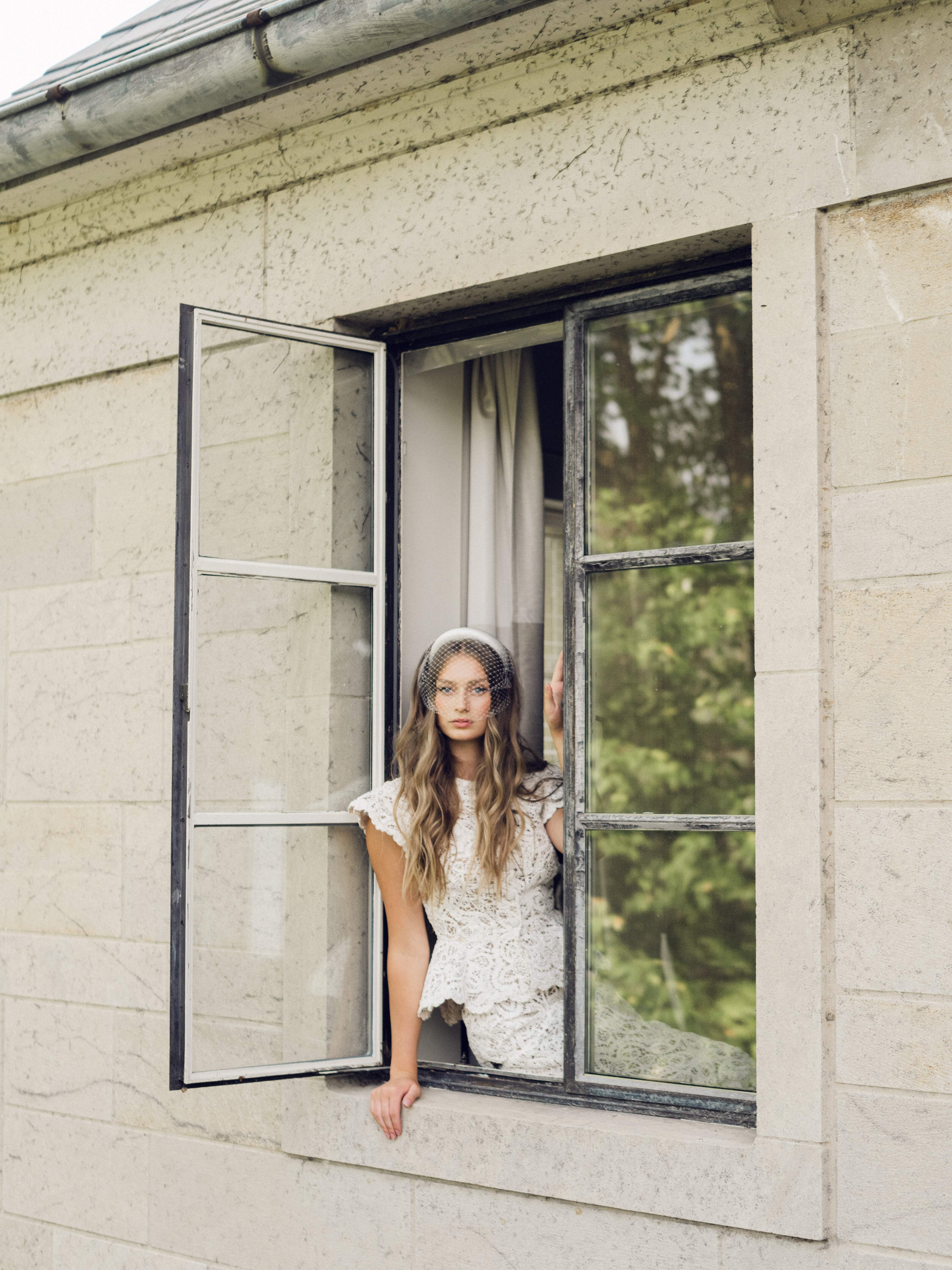
LISTEN ON YOUR FAVORITE PLACE FOR PODCASTS: SPOTIFY | APPLE PODCAST
So Let’s Dive Into Aperture!
What is aperture?
Aperture is the physical circle created by the blades inside your camera. The blades inside your camera form a circle and this circle is what lets light into your camera. Aperture directly affects the amount of light coming into your camera and it also contributes to the depth of field, or bokeh, in images.
What is F-Stop?
F-stop is how you adjust the size of the aperture circle. F-stop can make the circle, aperture, bigger or smaller which directly impacts how much light is let into your camera.
So, aperture is the circle that lets light in and f-stop is what controls the size of that circle. In layman’s terms, the lower the f-stop, the bigger the aperture. Conversely, the higher the f-stop, the smaller the aperture. A lower f-stop (like f1.2) means you’ll let more light into your camera (because your aperture, the circle of blades, is bigger) and the image will have more depth of field and less will be in focus. A higher f-stop (like f22) means you’ll let less light into your camera (because your aperture, the circle of blades, is smaller) and the image will have more focus.
A Key Thing To Remember:
Lower F-Stop = Bigger Aperture = more light let into the camera & less in focus in the image
Higher F-Stop = Smaller Aperture = less light let into the camera & more in focus in the image
Working With Aperture
When working with aperture, there is quite a bit to consider. When you’re getting used to your camera, it can be tricky to get the hang of how to use your f-stop to adjust the aperture and the amount of light coming into your image.
It’s especially important to keep in mind the Key Thing To Remember with aperture and f-stop listed above. For example, when you’re shooting a wedding, the setting can change quickly from bright sun to shade and focusing on 1-2 people to an entire group. It’s really important to remember to use your f-stop to adjust your aperture accordingly.
I remember when we first invested in our current lenses, Canon L-Series lenses. Becca and I were mind blown by the f1.2 capabilities of our 85mm. It created the most stunning bokeh in images and we loved it. It can be tempting to shoot at f1.2 because of the stunning bokeh it gives the images you capture but it can also be a big trap.
There are plenty of great situations to utilize that low f-stop, but we definitely don’t use it all the time. For example, on a wedding day, I may use f1.2 at specific moments but really I’ll be shooting mostly around f2.2 -f3.2. I’ve found that f3.2 is the sweet spot for how our cameras handle group shots to ensure everyone is in focus in large family photos. If I shot family photos at the f1.2 my lens is capable of, almost everyone in the image would be out of focus with exception of maybe the bride.
Another situation where you would want to increase f-stop (create a smaller aperture and decrease the size of the circle) would be when you need less light in your camera. A great example of this would be if you were shooting wedding portraits outside in harsh midday sun. Becca and I typically don’t increase our f-stop above f4.0 because that is our personal preference on image appearance, but it is also what I would recommend to you. Keeping your f-stop range between f1.2 and f4.0 has had the best outcome for our work.
I remember when I first started photography, I had a Rebel T3i and the kit lens that comes with it. The lens went down to f3.5 and I remembering thinking the photos were really great. Then, I invested in my first upgraded lens. This new lens was a 50mm f1.8 and cost approximately $120 (I say only because the lenses we buy now for our wedding work are a substantially higher cost). It was mind blowing taking photos at that lower f1.8 f-stop after I’d been using the f3.5 kit lens!
Upgrading that lens had a significant impact on the improvement of my photography work. This is one of the reasons I would almost always recommend investing in a great lens before spending all of your money on a brand new camera. Of course, a great camera improves the image quality as well ,but lenses have a dramatic effect.
Let’s Recap
The lower the f-stop, the bigger the aperture (or bigger circle) which means more light in your camera and less in focus in the image. This contributes to a lovely bokeh effect in images but it can also hinder images if you have your f-stop too low and important components of the image aren’t in focus.
The higher the f-stop, the smaller the aperture (or smaller circle) which means less light in your camera and more in focus in the image. You will not have much, if any, bokeh effect when using a higher f-stop.
I can’t wait to see your growth as you start practicing these key photography fundamentals! If you didn’t catch last week’s episode, it was all about Shutter Speed, the easiest key photography fundamental to master.
Check back next week when I’ll be talking about ISO!
If you want to dive deeper into working on your photography fundamentals, we have a super unique coaching offering just for you! Check out more coaching info here.
+ view the comments
